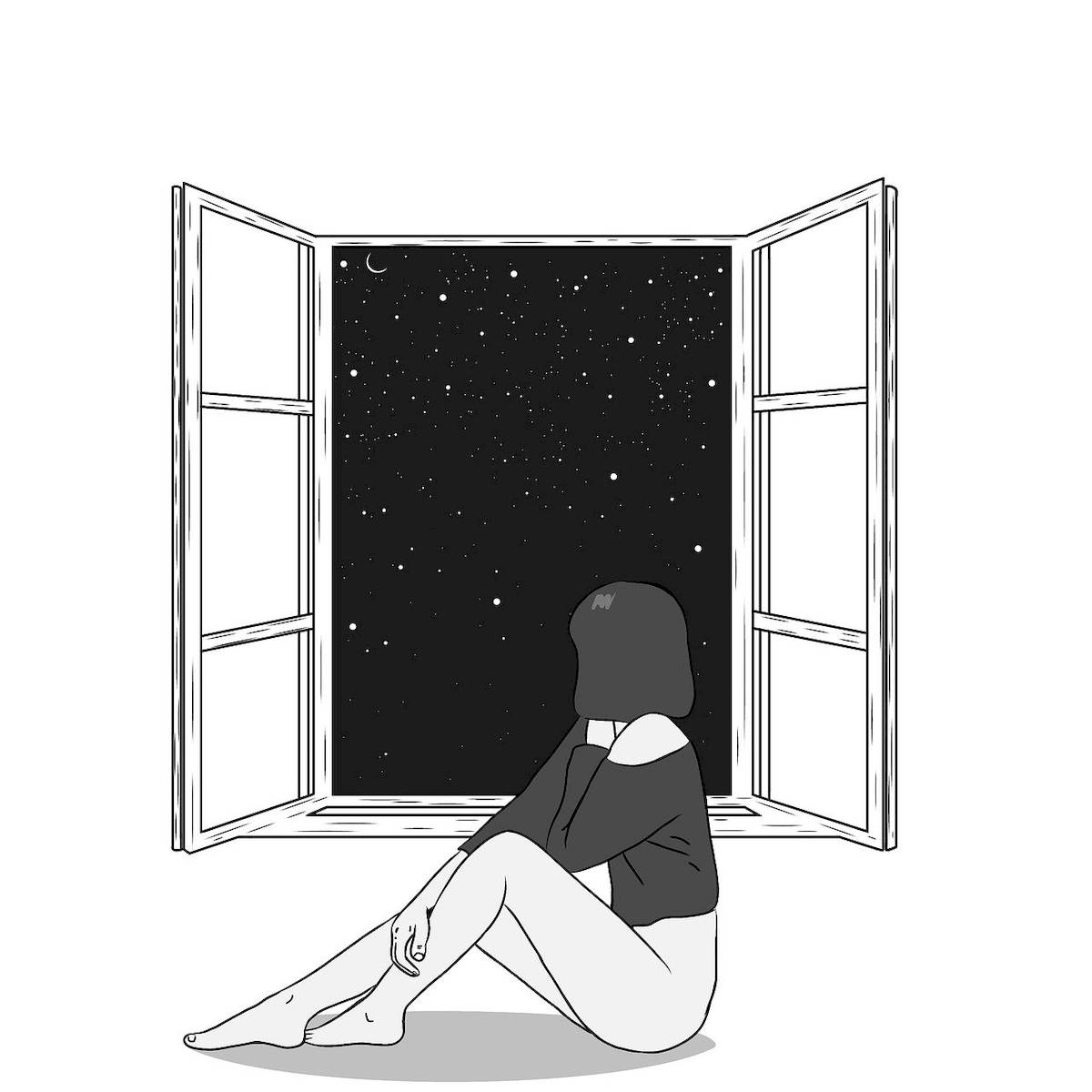In the age of digital commerce, the shopping experience has undergone a significant transformation. One of the most intriguing advancements is the introduction of virtual try-ons, which allow consumers to visualize how products, particularly clothing and accessories, would look on them before making a purchase. This technology not only enhances the convenience of online shopping but also taps into deeper psychological needs and desires.
Virtual try-ons offer a unique form of personalization that empowers shoppers with a sense of control and self-efficacy. By allowing individuals to see themselves in various outfits or with different products, these tools provide a level of customization that traditional brick-and-mortar stores often cannot match. This personalization can lead to a stronger emotional connection with the shopping experience, as consumers feel that the products have been tailored specifically for them.
Moreover, virtual try-ons provide a safe space for exploring different aspects of one's identity. In the physical world, experimenting with new styles or looks can be intimidating, especially if it involves public judgment or the risk of a poor fit. However, in the virtual realm, consumers can try on different personas and styles with minimal risk. This exploration can be liberating and can help individuals gain a better understanding of their personal preferences and identities.
The allure of virtual try-ons also lies in their ability to bridge the gap between what we actually look like and what we could look like. This gap is often a source of dissatisfaction or insecurity for many people. By offering a glimpse into a potentially improved version of ourselves, virtual try-ons can boost self-esteem and confidence. They allow us to visualize the transformative power of fashion and beauty products, which can be incredibly empowering.
However, it's important to note that while virtual try-ons offer numerous psychological benefits, they are not without limitations. The technology is still evolving, and the accuracy of virtual representations can vary. Additionally, the experience can sometimes create unrealistic expectations, leading to disappointment when the actual product does not match the virtual image. Retailers and technology developers must continue to refine these tools to ensure they provide a positive and realistic experience.
In conclusion, virtual try-ons represent a significant step forward in the evolution of online shopping. They not only enhance the convenience and personalization of the shopping experience but also address deeper psychological needs related to identity exploration, self-efficacy, and self-esteem. As technology continues to advance, these tools will likely become even more sophisticated, further blurring the lines between the virtual and physical shopping experiences.




发表评论 取消回复